Iconic and strategic military mega-project
For President Donald Trump, the Golden Dome is more than just a missile defense system. It is a personal symbol, a “modern pyramid” that reflects his ambition to leave a historical mark on national security and military technology. In a recent statement, he emphasized: “I promised the American people that I would build an advanced defense shield to protect the homeland from foreign missile attacks.” According to him, this system will be capable of intercepting missiles from any point of origin in the world , even from space.
“Golden Dome” has been described as a “new Manhattan Project,” reflecting its urgency, scale, and strategic role. The project is expected to integrate more than 100 different missile defense programs and weapons systems, with the participation of leading military corporations such as Lockheed Martin. The total cost is estimated by the White House at about $175 billion, of which $25 billion has been allocated in next year’s defense budget. However, the Congressional Budget Office (CBO) predicts that the total cost could exceed $500 billion over 20 years, due to the requirement to cover the entire US territory and the complexity of integrating the technology.
General Michael Gatlein, deputy chief of staff of the US Space Force, was appointed to lead the project, reflecting the strategic focus on space defense and orbital warfare, extending the range from the ground to space.
Huge costs and the problem of efficiency - risk
Although President Trump expects the “Golden Dome” to become a comprehensive shield to protect the United States against modern missile threats, according to Associate Professor Gevorg Mirzayan (Finance University under the Russian Government), the actual effectiveness of this system is still far from certain, for two key reasons:
First, technically, the current missile defense system has not yet caught up with the development of modern offensive weapons, especially hypersonic missiles and ballistic missiles carrying multiple independent warheads (MIRVs). Intercepting a missile requires a cost many times higher than the cost of launching it - a strategic imbalance. Iran's missile attack on Israel on April 14, 2024 forced Israel to use a defense system worth nearly $1 billion, clearly demonstrating the existing cost-effectiveness problem.
Second, the actual purpose of the Golden Dome appears to be not to counter nuclear superpowers—whose arsenals are capable of penetrating any defense system—but rather to counter limited nuclear threats from middle-sized states or non-state actors that may in the future possess long-range weapons. However, spending hundreds of billions of dollars on a national-scale system to counter small-scale adversaries raises questions of rationality and strategic balance.
Breaking the post-Cold War strategic balance?
As the world moves from a unipolar to a multipolar order, countries are increasingly relying on nuclear weapons to maintain their status and ensure national security. Pakistan, North Korea and Iran’s potential are prime examples of this trend. As more countries acquire nuclear weapons and missile delivery technology, the need for a defense system like the Golden Dome becomes more strategically understandable.
However, this is pushing the world into a new state of instability. The US pursuit of a comprehensive defense system, which could reduce the value of nuclear deterrence for major powers, could be interpreted as an act of breaking the global strategic balance. The potential consequence is the risk of a new arms race, not only in offensive weapons but also in defense-piercing technology. In the worst case, this could push the world closer to actual nuclear conflict, as the parties lose confidence in each other's ability to deter.
During the Cold War, avoiding a full-scale nuclear conflict between the superpowers was not only a matter of political dialogue, but also a fundamental principle of deterrence: Mutual Assured Destruction (MAD). That is, no one could win a nuclear war, and that was what kept the peace.
It was to ensure that principle that in 1972, the United States and the Soviet Union signed the Anti-Ballistic Missile Treaty (ABM Treaty), aiming to maintain a strategic balance, avoiding one side gaining an absolute defensive advantage that could weaken the other side's ability to retaliate. However, this balance began to change when President George W. Bush announced his withdrawal from the ABM Treaty in 2002.
Although military and physics experts have repeatedly asserted that no defense system can effectively intercept a large-scale nuclear attack, the pursuit of a comprehensive shield still has serious political consequences by eroding strategic trust between major powers. Once one side feels that its retaliatory capability can be neutralized, stability based on deterrence collapses.
Unsurprisingly, the Golden Arches project has been met with skepticism from Moscow and a harsh response from Beijing, with China’s Foreign Ministry calling it a move that risks “turning space into a battlefield, fueling an arms race and undermining international security.”
According to experts, one of the rather worrying points is the expansion of the Golden Dome into space - with interceptor missiles capable of destroying both military and civilian satellites. If a satellite conflict breaks out, not only security but also the economy, aviation, telecommunications and global positioning will be seriously affected. Every country will be forced to develop its own satellite defense system, creating a strategic chain reaction - the spiral of militarization of space.
In theory, these risks could be addressed through a “new nuclear Yalta” – to re-establish the principle of deterrence, the rules of conduct in space, and the strengthening of the nuclear non-proliferation regime. In practice, however, divergent interests and a lack of strategic trust make this scenario unlikely.
The world is at risk of entering a new round of arms race – not only on the ground, but also in space. As strategic trust erodes and arms control mechanisms weaken, any unilateral effort to bolster national security may inadvertently increase global instability – something that even a “Golden Dome” cannot prevent.
Hung Anh (Contributor)
Source: https://baothanhhoa.vn/tong-thong-donald-trump-va-vom-vang-bao-phu-nuoc-my-249549.htm


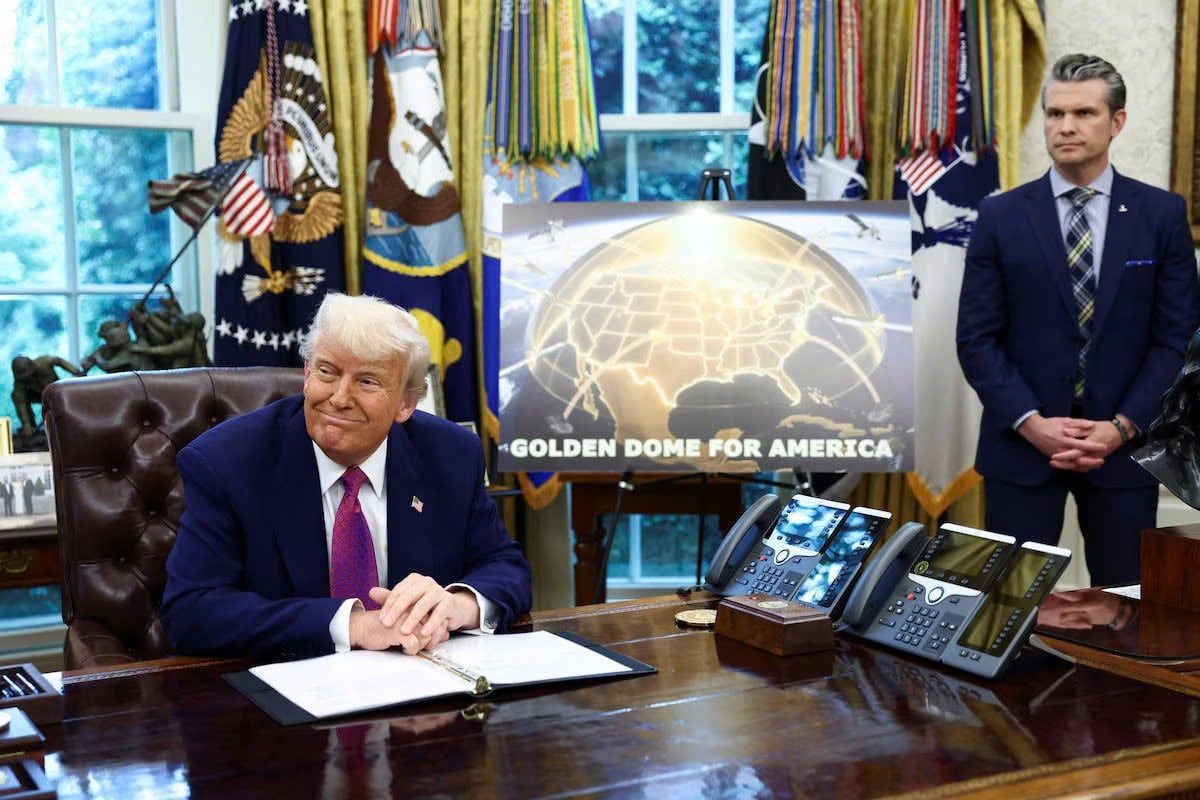
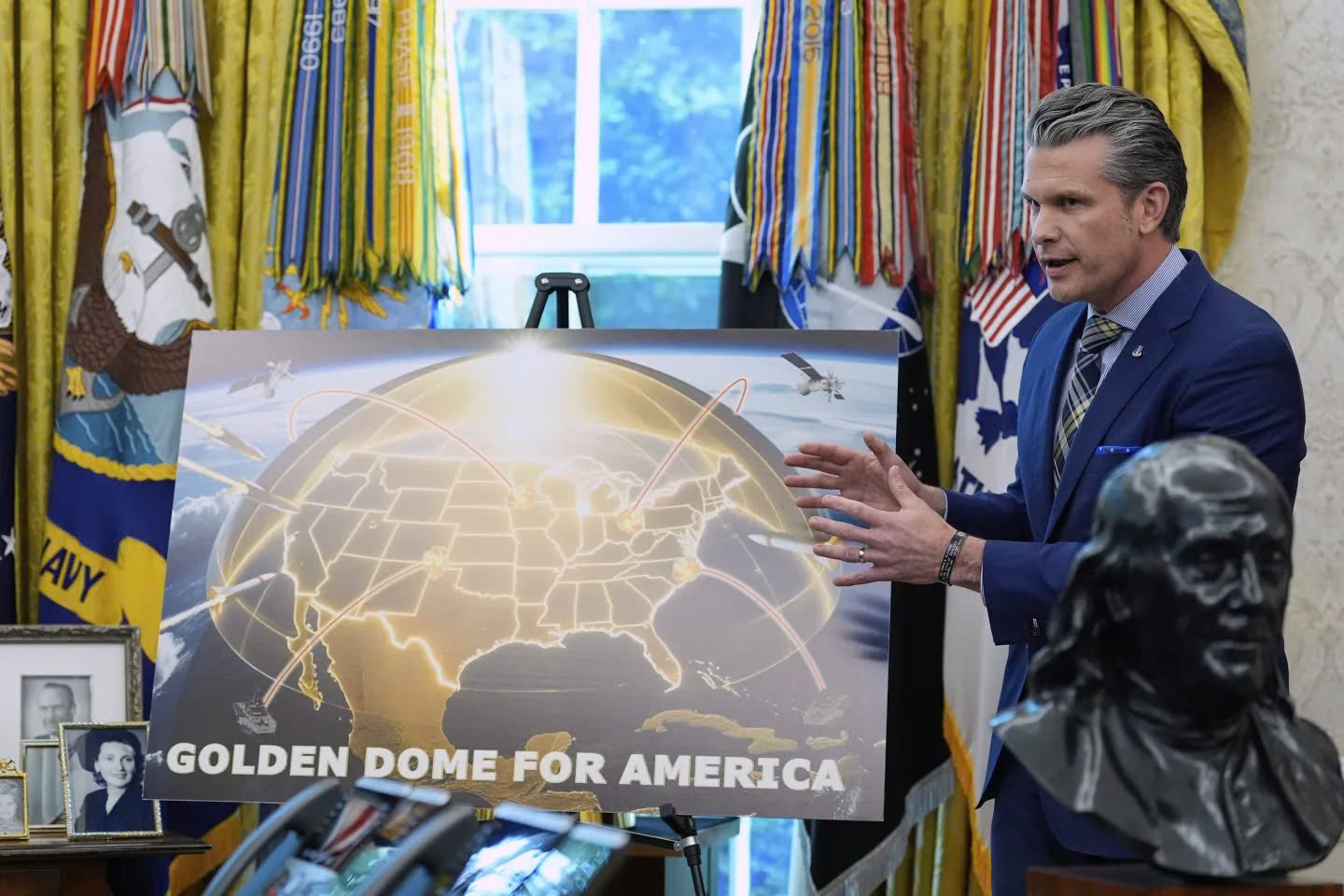
























![[Photo] National Assembly Chairman attends the seminar "Building and operating an international financial center and recommendations for Vietnam"](https://vphoto.vietnam.vn/thumb/1200x675/vietnam/resource/IMAGE/2025/7/28/76393436936e457db31ec84433289f72)




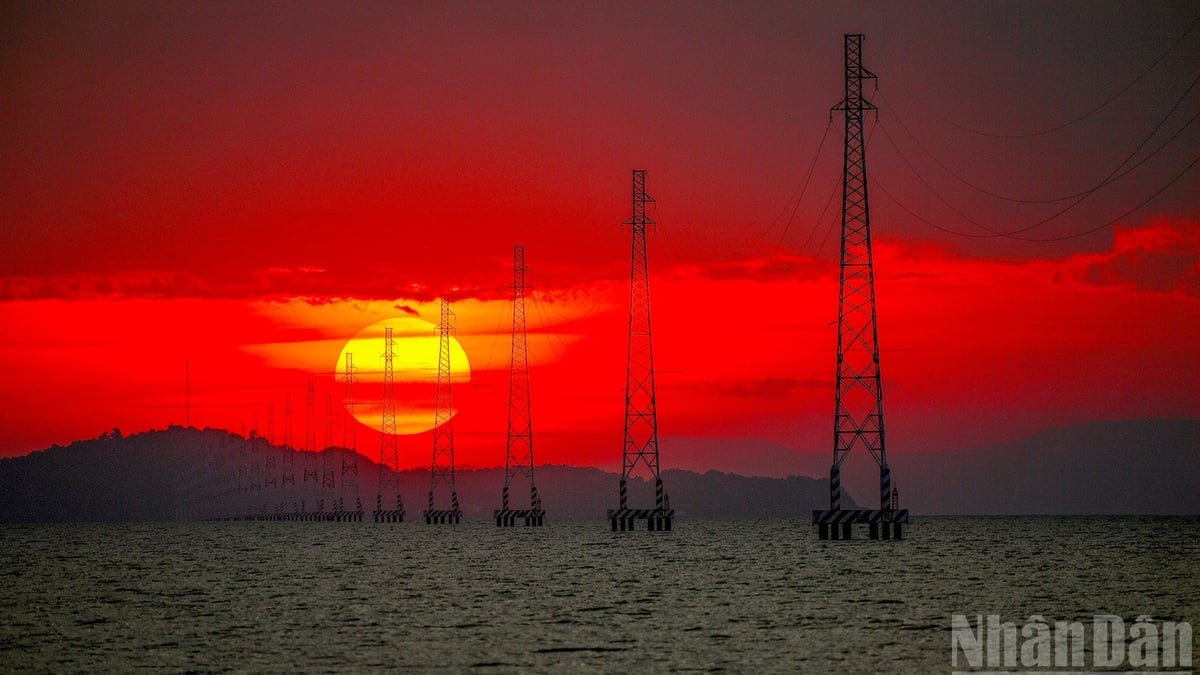
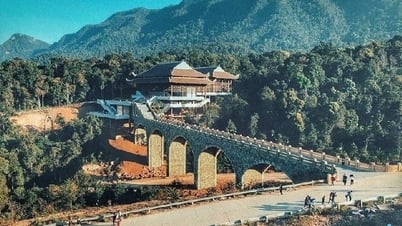










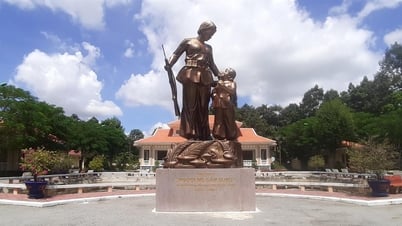
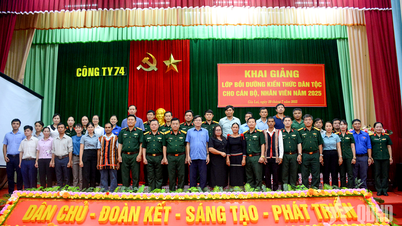

















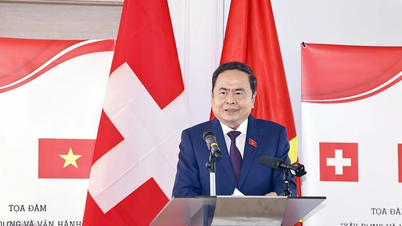






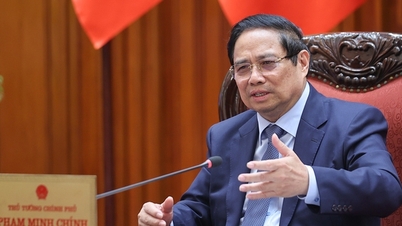





























Comment (0)